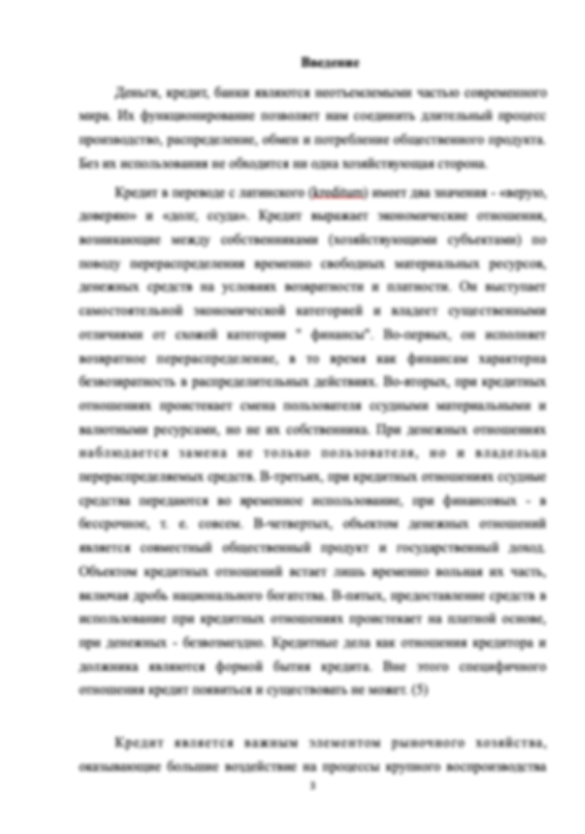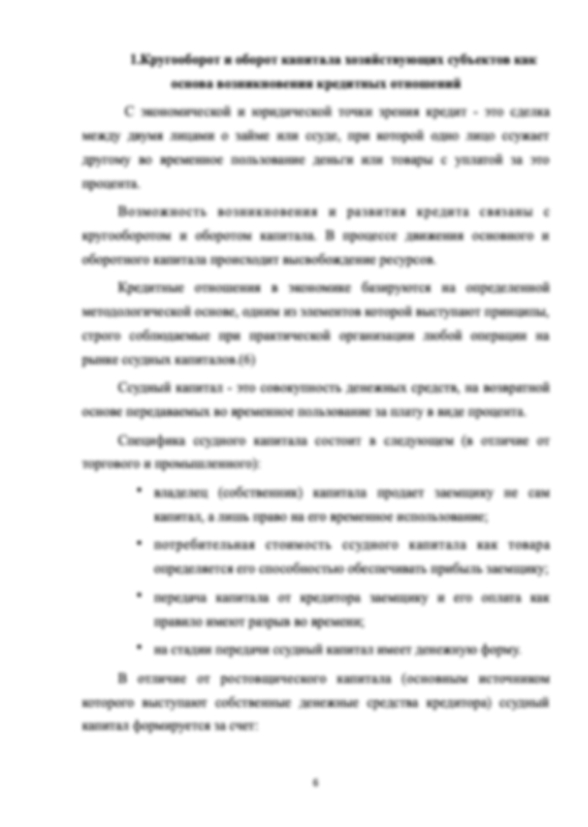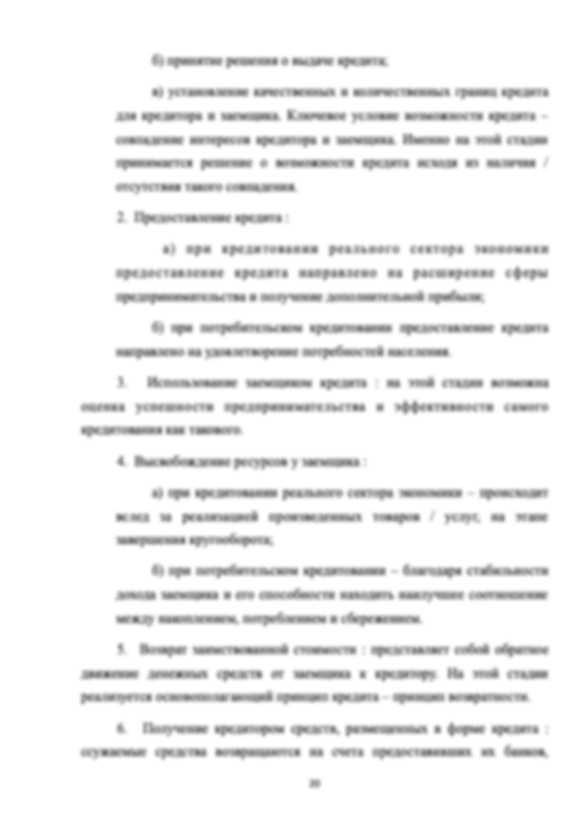Благодарим автора за выполненную курсовую работу по китайскому языку! Работа сдана в срок ,всегда быстро выходит на контакт, приятное сотрудничество, профессиональный подход.
Информация о работе
Подробнее о работе

На выбор автора (список тем прилагается)
- 28 страниц
- 2014 год
- 205 просмотров
- 0 покупок
Гарантия сервиса Автор24
Уникальность не ниже 50%
Фрагменты работ
The student slang is, in a way, quite different from other kinds of slang. It constitutes a kind of social dialect with specific traits that set it apart from adult forms of slang.
It is a high-energy and emotive code. This can be seen, for instance, in the tendency of adolescents to stress their words with exaggerated caricature - ‘He’s sooooo cute!’ ‘She’s faaaaar out!’ That’s amaaaazing!’ Its emotivity also surfaces in the kinds of intonation patterns that students typically utilize, such as the following one built into various kinds of utterances - ‘We called her up (?) (intonation like a question) ... but, like, she wasn’t there (?) (same pattern) ... so we, like, hung up (?) (same pattern).’ Colloquially named ‘uptalk’ by the media, this pattern is actually an implicit tag questioning strategy. A tag is a word, phrase, or clause added to a sentence to seek approval or to ascertain some reaction.
The constantly changing socical situation influences the slang students tend to use and abuse.
Six months after the attacks on America, student slang in the United States has kept up with the vocabulary of daisy-cutter bombs, anthrax spore clusters and Islamic jihad – all phrases that have been spewing out of the news media.
According to numerous linguists, lexicographers and students themselves, it has actually jumped on to the cutting edge of linguistic invention, walking a fine line between humour and tastelessness.
The urgency of our research is caused by increasing interest of English and Russian speaking linguists to the problem of slang, which generates a number of quite different points of view.
The research deals with the problem of student slang.
The purpose of the research is specificity of student slang.
The tasks of the research can be formulated as follows:
1. To characterize slang as a linguistic term, substandard form of English and colloquial informal register,
2. To analyze specific features of student slang taking into consideration impact of culture,
3. To find out peculiarities of student slang considering its formation and use.
The research consists of introduction, conclusion, bibliography and two chapters.
Introduction 3
Part 1. Student slang and the English language picture of the world 5
1.1. Definition and distinctive features of slang 5
1.2. Student culture and slang 7
Part 2. Student slang: its formation and use 15
Conclusion 25
Bibliography 26
Almost all the slang words students tend to deal with words everybody use but in a new meaning or a new form due to affixation, abbreviation, conversion, combining words.
Speaking about sources of replenishment of highly expressive and emotional student slang vocabulary it is possible to allocate the following distinctive features:
1) prevailing role of subculture;
2) use of both everyday vocabulary and slang of other age groups;
3) SMS correspondence, e-mail, ICQ being the key areas where student slang expands its borders.
Trying to identify the most common concept spheres of student slang we can identify the following: body image, sexuality, clothes, mentality, drug addiction, attitude, emotion, evaluation, occupation, money and many other things and phenomena.
When estimating student slang it is possible to pay attention to the following:
Student slang is constructed so that the impact of new and quite peculiar point of view manages to prevail.
Ironical undertones of student slang interpretation of the reality as it is reflect students mistrust and distrust in their parents ideals.
It is no mere chance that students address their friends and companions using a great number of exclamations as well as highly emotive and expressive forms of address. They lack emotional attitudes and therefore they neglect and dislike traditional ways of communication making everybody use neutral words and collocations, short of expressivity and emotional evaluation.
1. Арнольд И.В. Стилистика. Современный английский язык. – М., 2002.
2. Береговская Э. М. Молодежный сленг: формирование и функционирование. // Вопросы языкознания. – 1996. - № 3. - С. 32-41.
3. Волошин Ю.К. Общий американский сленг: состав, деривация и функция (лингвокультурологический аспект). - Краснодар, 2000.
4. Галлино Т. Дж. Язык подростковых коллективов. – М.: Наука, 2003. – С. 4-6.
5. Дубенец Э.М. Лингвистические изменения в современном английском языке. - М., 2003.
6. Левикова С. И. Молодежный сленг как своеобразный способ вербализации бытия. // Бытие и язык. - Новосибирск, 2004. – С. 167-173.
7. Маковский М.М. Современный английский сленг: Онтология, структура, этимология. - М., 2005.
8. Маковский М.М. Языковая сущность современного английского сленга. // ИЯ в школе. – 1962. - №4. – С. 102-113.
9. Подюков И. П., Маненкова Н. Ю. Жаргонизированная лексика и фразеология в обиходно-разговорной речи молодежи. - С-Пб.: Коруна, 2000. – С. 15-38.
10. Титоренко М.Ю. Сленг как составляющая языковой личности подростка. - М., 2003.
11. Хомяков В.А. Введение в изучение слэнга - основного компонента английского просторечия - М.: URSS КомКнига, 2009.
12. Ярмашевич М.Я. Аббревиация как источник сленговых неологизмов. - СГАУ, 1997. – С. 79-127.
13. Allen, I. L. 1993. The city in slang. New York life and popular speech. – NY, Oxford: Oxford Univ. Press.
14. Ayto, J., Simpson, J. 1992. The Oxford Dictionary of Modern Slang. - Oxford University Press.
15. Collins English Dictionary. 2006 HarperCollins Publishers.
16. Danesi, M. 2003. Forever young. The teen aging of modern culture. – Toronto, Buffalo, L.: Univ. of Toronto Press.
17. Partridge, E. 2002. A dictionary of slang and unconventional English: Colloquialisms a. catch phrases, fossilised jokes a. puns, general nicknames, vulgarisms a. such Americanisms as have been naturalized. London; New York: Routledge.
18. Schrum, K. 2004. Some wore bobby sox. The emergence of teenage girls culture, 1920-1945. – NY; Palgrave Macmillan.
19. The American Heritage Dictionary of the English Language, Fourth Edition copyright, Houghton Mifflin Company, 2000.
20. Waksman, S. 2009. This ain’t the summer of love. Conflict and crossover in heavy metal and punk. – Berkeley, LA, L.: Univ. of California Press.
Интернет-источники
21. A lexicon of teen speak. Available from - http://news.bbc.co.uk/2/hi/4074004.stm
22. A very concise dictionary of student slang. Available from - http://www.theguardian.com/education/2012/sep/18/concise-dictionary-of-student-slang
23. Batta M., All About Teen Lingo. Available from - http://www.articlesnatch.com/Article/All-About-Teen-Lingo/174702
24. Bishop J. W. American Sub-Cultures in the 1950s. Available from - http://www.bishopfamily.com/Essays/american_sub-cultures_1950s.htm
25. British dictionary keeps up with teenage slang. Available from - http://www.chinapost.com.tw/art/books/2009/02/15/196162/British-dictionary.htm
26. Gumbel, A. Osama and terrorist the new teenage slang - http://www.independent.co.uk/news/world/americas/osama-and-terrorist-the-new-teenage-slang-654736.html
27. How to Speak and Understand Teen Lingo - http://www.associatedcontent.com/article/11050/how_to_speak_and_understand_teen_lingo.html
28. McKinnon J. A mum’s guide to teenage subcultures. Available from - http://womansday.ninemsn.com.au/lifestyle/family/995188/a-mums-guide-to-teenage-subcultures
29. Ryan, D. Teen slang the language of keeping adults out. Available from - http://www.ottawacitizen.com/life/parenting/Teen slang language keeping adults/1992217/story.html
30. Subcultures of the British Teenage Population. Available from - Available from http://www.bbc.co.uk/dna/h2g2/A2265842
31. Teen Slang Dictionary. Available from - http://parentingteens.about.com/cs/familylife/l/blawords.htm
32. Teen Slang Dictionary. Available from - http://www.thesource4ym.com/teenlingo/index.asp
33. Teen Slang Glossary. Available from - www.caron.org/assets/PDFs/Families/TeenSlangGlossary.pdf
34. Teenage Peer Pressure. Available from - www.teenhelponline.com/power-teen-peers.html
35. Teenage Slang Words - http://teens.lovetoknow.com/Teenage_Slang_Words
36. Urban Dictionary. Available from - http://www.urbandictionary.com
37. Youth subculture - http://en.wikipedia.org/wiki/Youth_subculture
Форма заказа новой работы
Не подошла эта работа?
Закажи новую работу, сделанную по твоим требованиям


